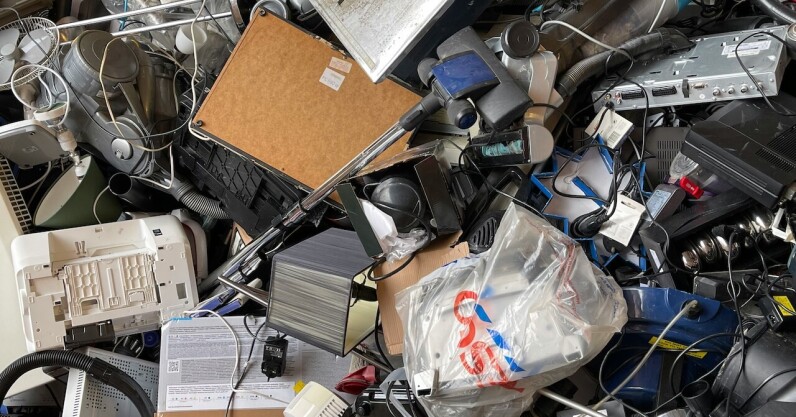A rising tide of e-waste threatens our health, the environment and the economy

Our growing reliance on technology at home and in the workplace has raised the profile of e-waste. This consists of discarded electrical devices including laptops, smartphones, televisions, computer servers, washing machines, medical equipment, games consoles and much more. The amount of e-waste produced this decade could reach as much as 5 million metric tonnes, according to recent research published in Nature. This is around 1,000 times more e-waste than was produced in 2023. According to the study, the boom in artificial intelligence will significantly contribute to this e-waste problem, because AI requires lots of computing power and storage. It will,…
This story continues at The Next Web
